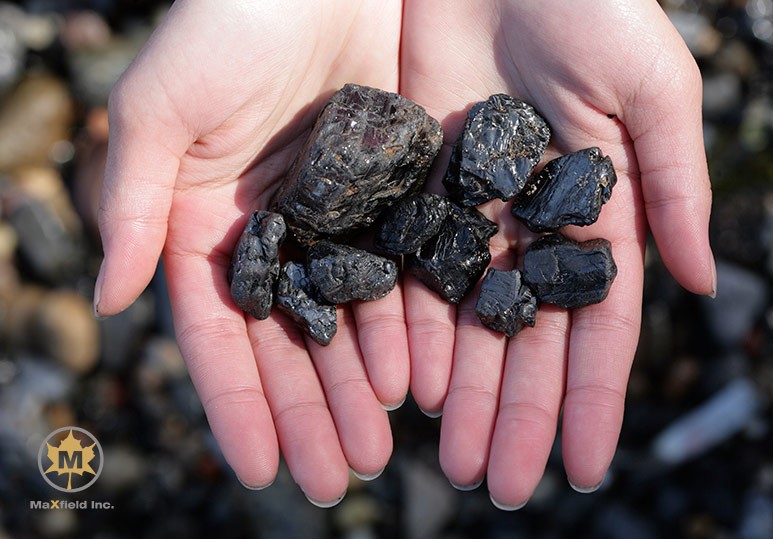Overview: Investments by companies globally in alternative fuel sources and fuel cell vehicles are creating a demand for pressure vessels, a product which plays an essential mechanical role in the industry. Read the blog below to find out more information.
Pressure vessels are used in many industries including refineries, drilling sites, petrochemical plans and mining, just to name a few. With alternative fuels becoming a strong stable force in the market, the demand and sales of pressure vessels that house pressurized liquids or gases have vastly increased. There were more than 2 billion dollars in global sales of pressure vessels in 2013. 65,000 MT of carbon fibres were used in the manufacturing of pressure vessels and that accounted for 6-7% of the global demand.
The aerospace industry has used pressure vessels primarily to contain oxygen and gas storage. However, there is now vast growth in the transportation of compressed natural gas tanks for passenger vehicles, buses, and trucks as an alternative to gas and diesel. Because the price of natural gas is lower in North America, there is a growing trend towards CNG as an alternative fuel source. Natural gas currently is 40% less than that of diesel fuel at an equivalent volume. Additional demand is coming from Europe, where environmental policies have been introduced to regulate strict emissions. Simply put, the costs of running diesel-powered vehicles are becoming more expensive for operators.
In 2010 vehicles like cars, trucks and buses powered by natural gas (called NGV) were estimated at around 10 million. In 2013 that number doubled to 20 million and it is predicted that there will be 65 million NGVs by 2023. The demand is coming from countries like Argentina, Brazil, China, India, Iran and Italy. In addition to NGV’s, manufacturers are building more fuel cell vehicles,and even though pressure vessels for hydrogen in the past were not very receptive, there are 13 automotive OEM’s that have released FCV test fleets. FCVs numbers are lower (4,000 in 2014) in comparison to CNGs; some industry analysts believe that the number can climb to 200,000 annually in 2023. Those numbers indicate that hydrogen storage tanks will become an added demand for pressure vessels.
The Bottom Line: Ultimately the demand for pressure vessels could exceed 12.5 million yearly, in the next 10 years. Other industries including carbon fibre manufacturers will also be in major demand to provide materials for the estimated 150 million pressure vessels that need to be produced in less than a decade. Pressure vessels are becoming essential in numerous industries and there is a growing demand for them. Companies like MaXfield are meeting the demands of the industry and continue to be leaders in the fabrication, design and manufacturing of pressure vessels.
For more information on how MaXfield can fabricate a pressure vessel for your company, contact our office today on (403) 258-3680.






